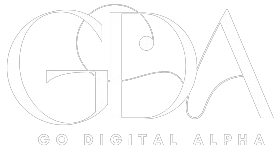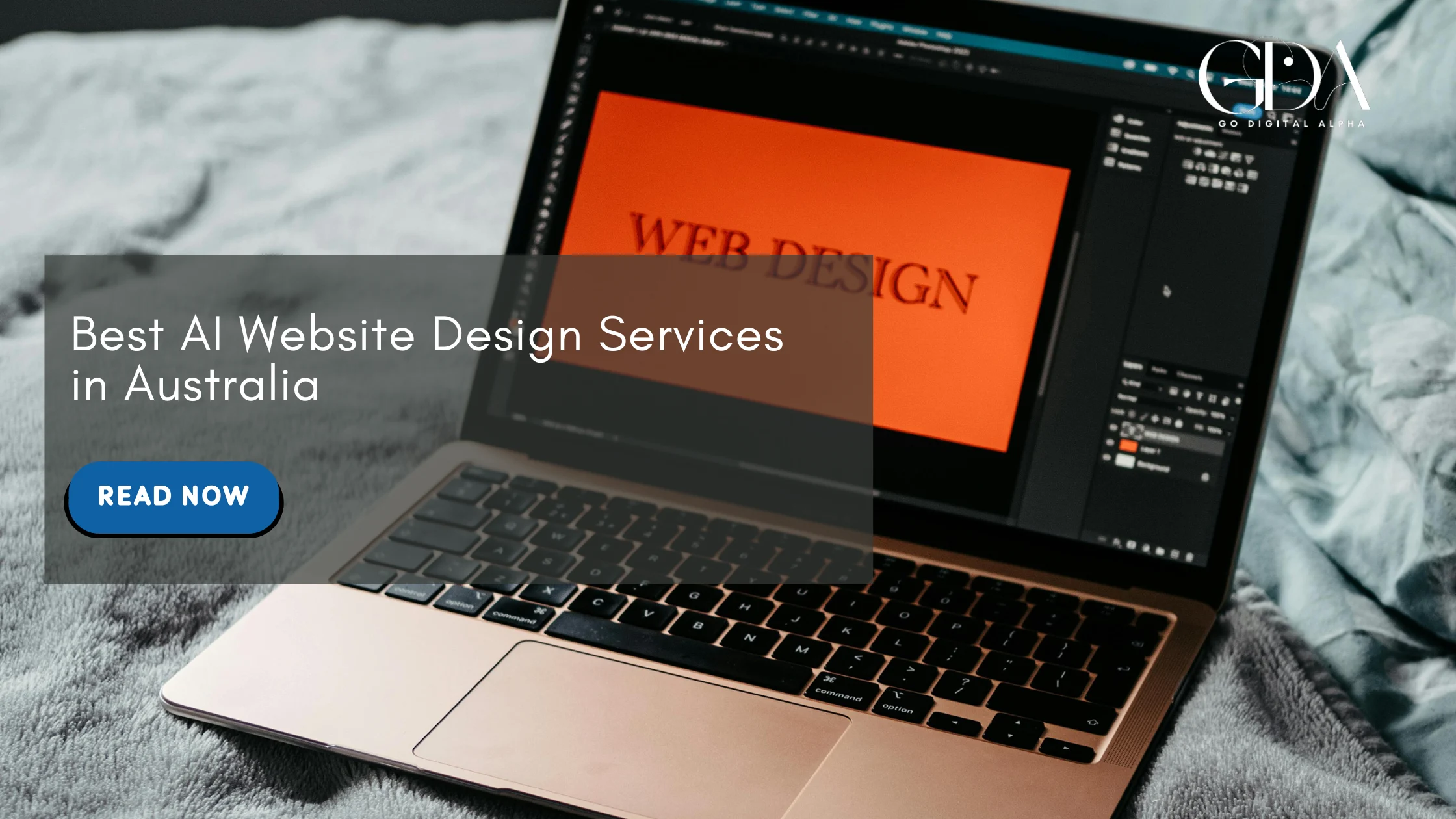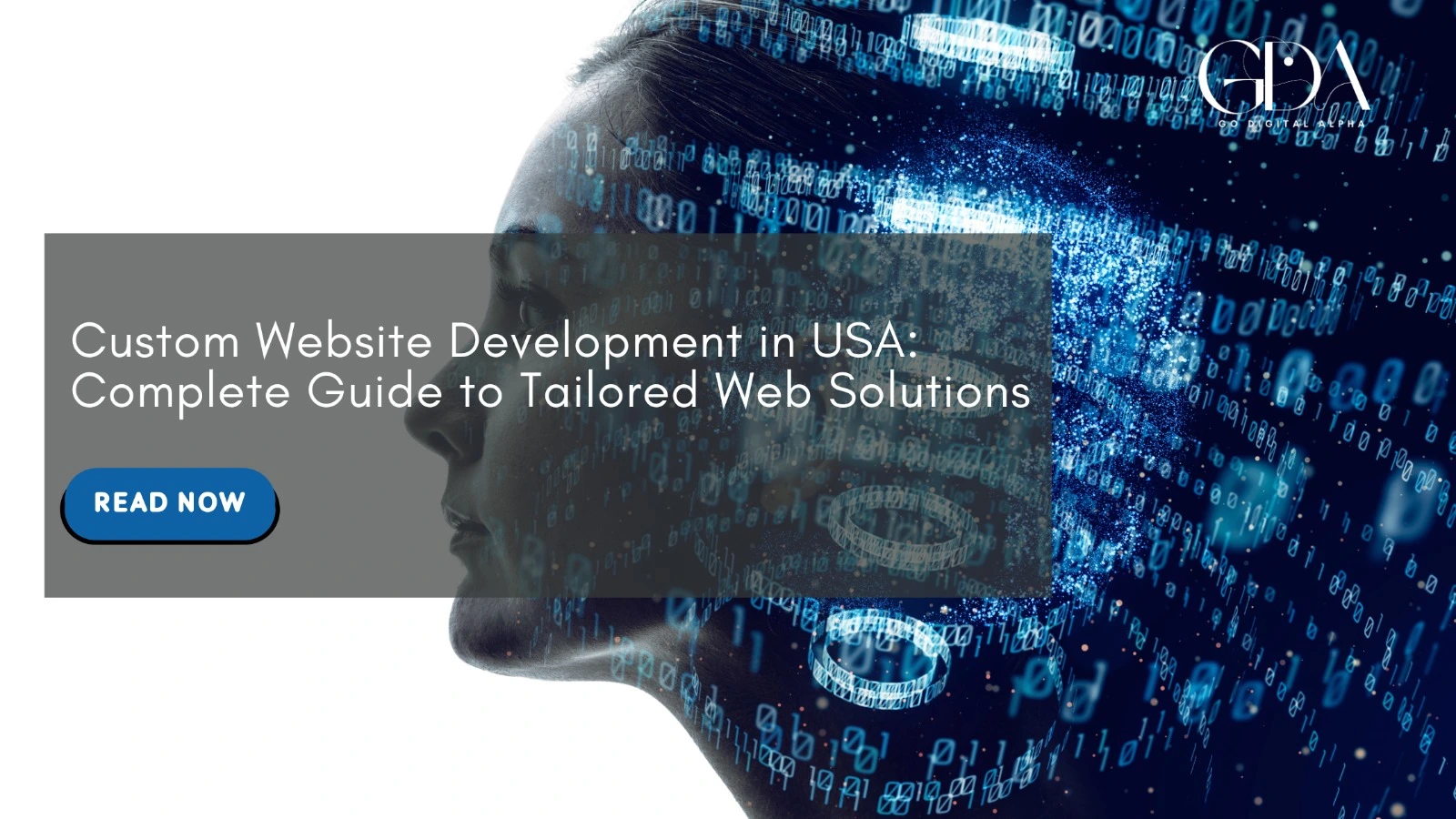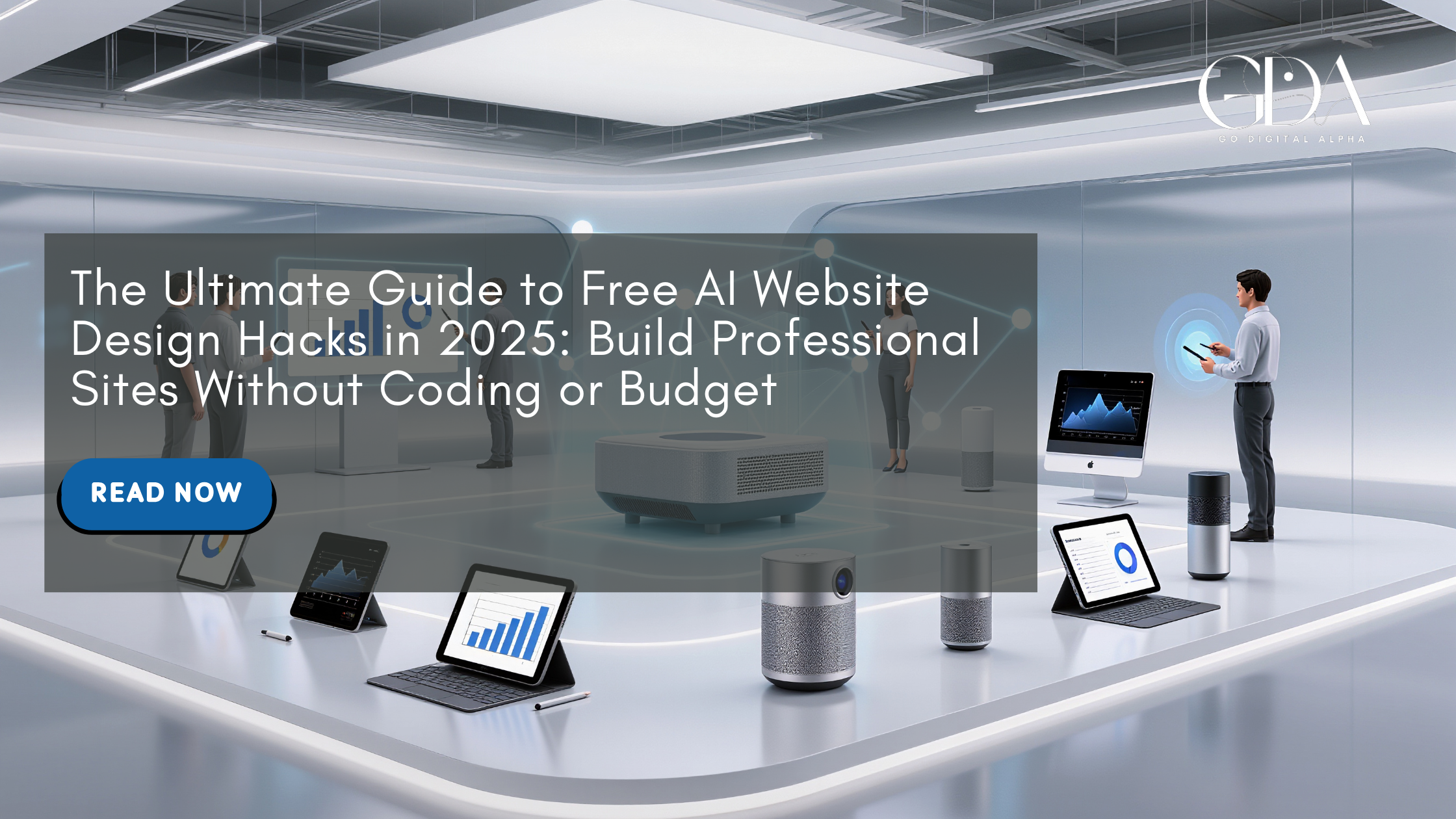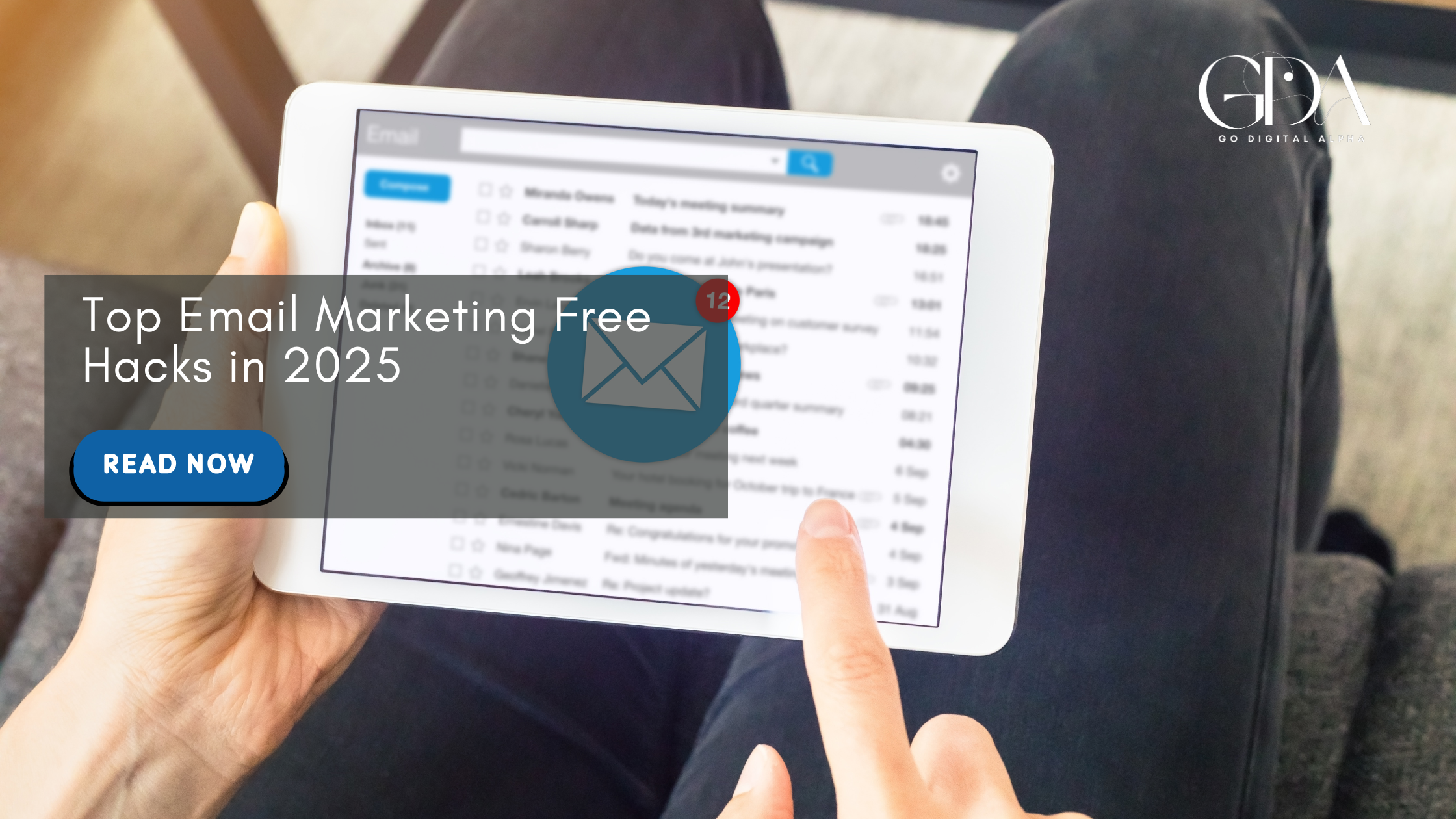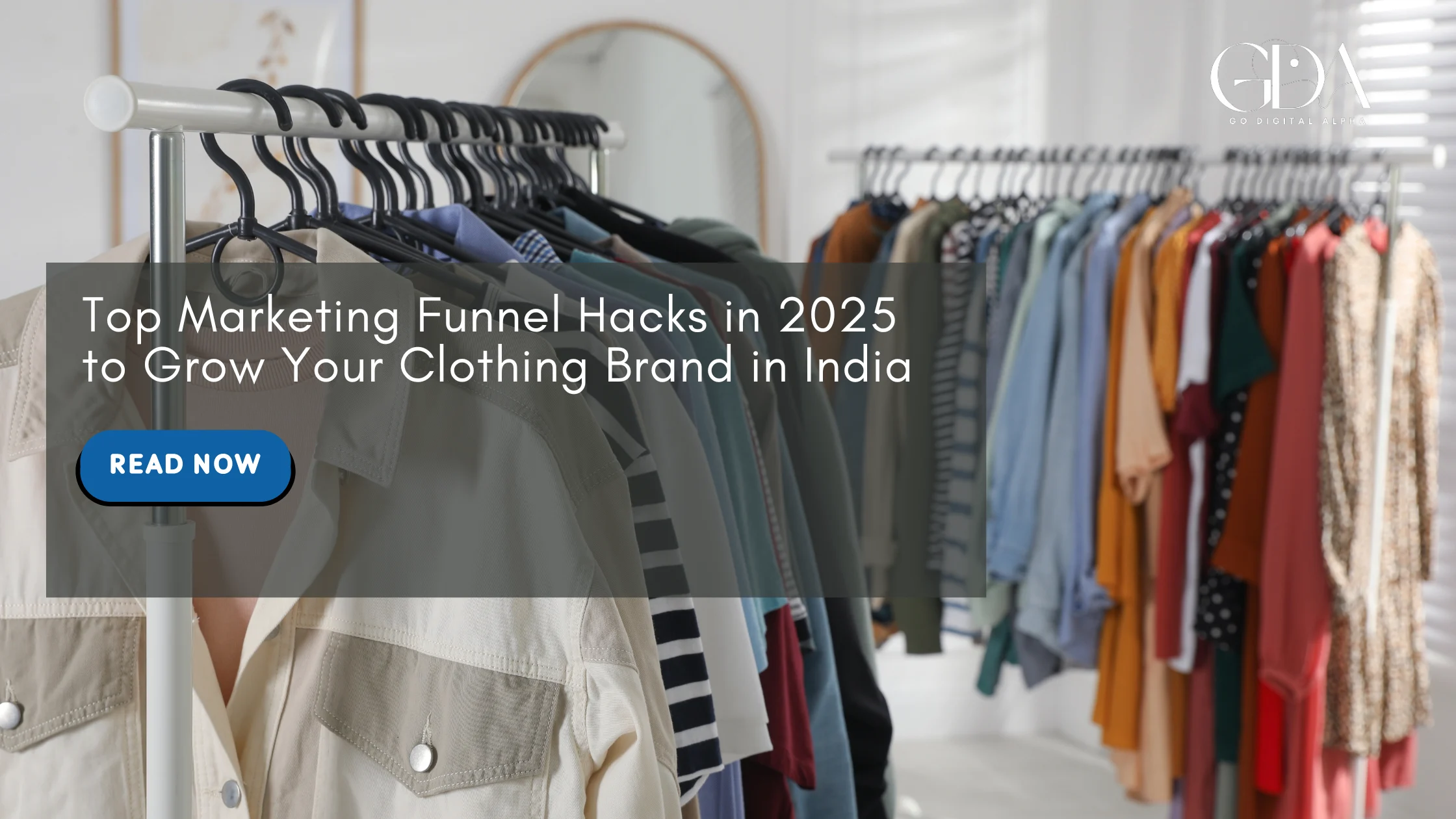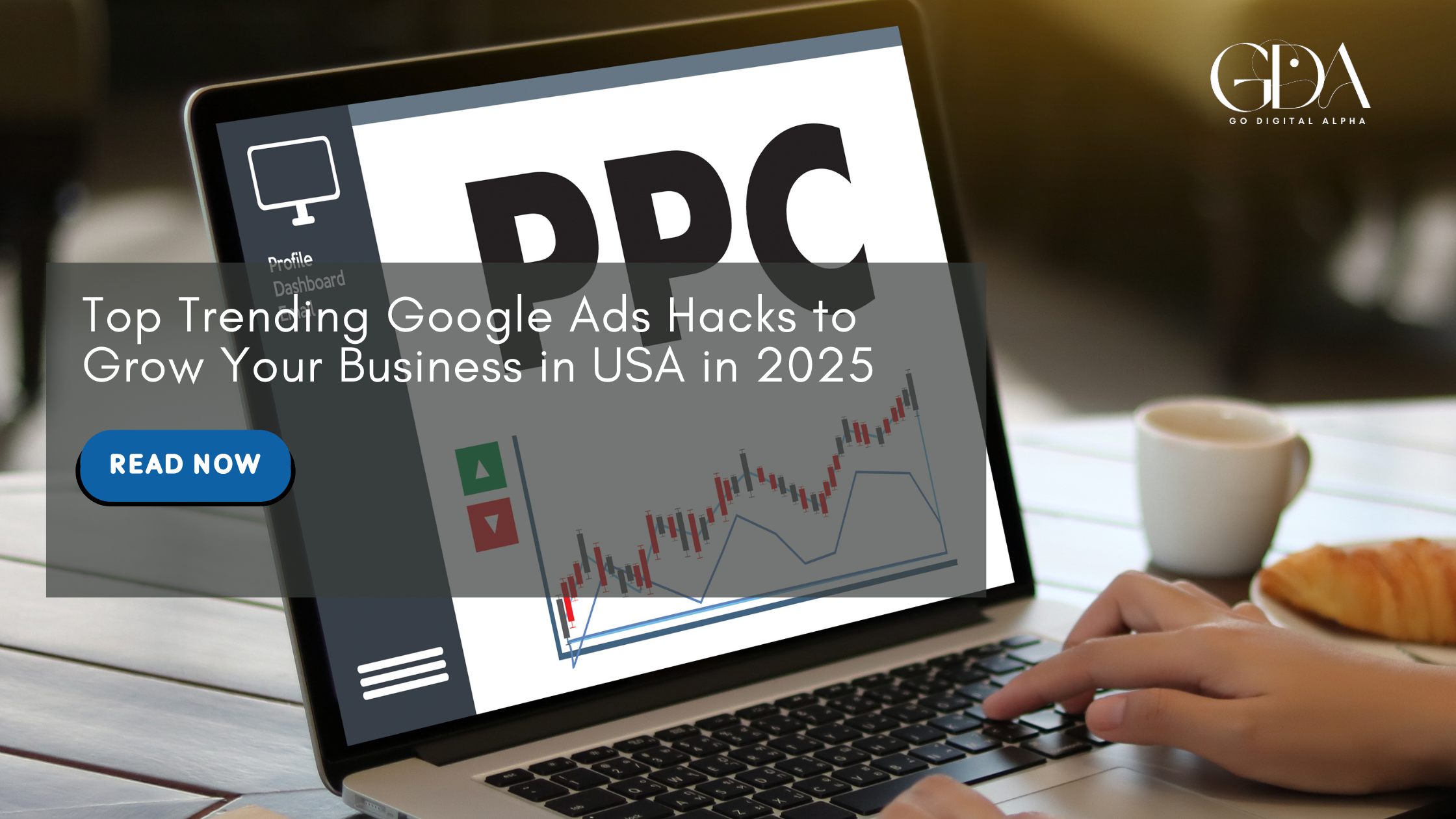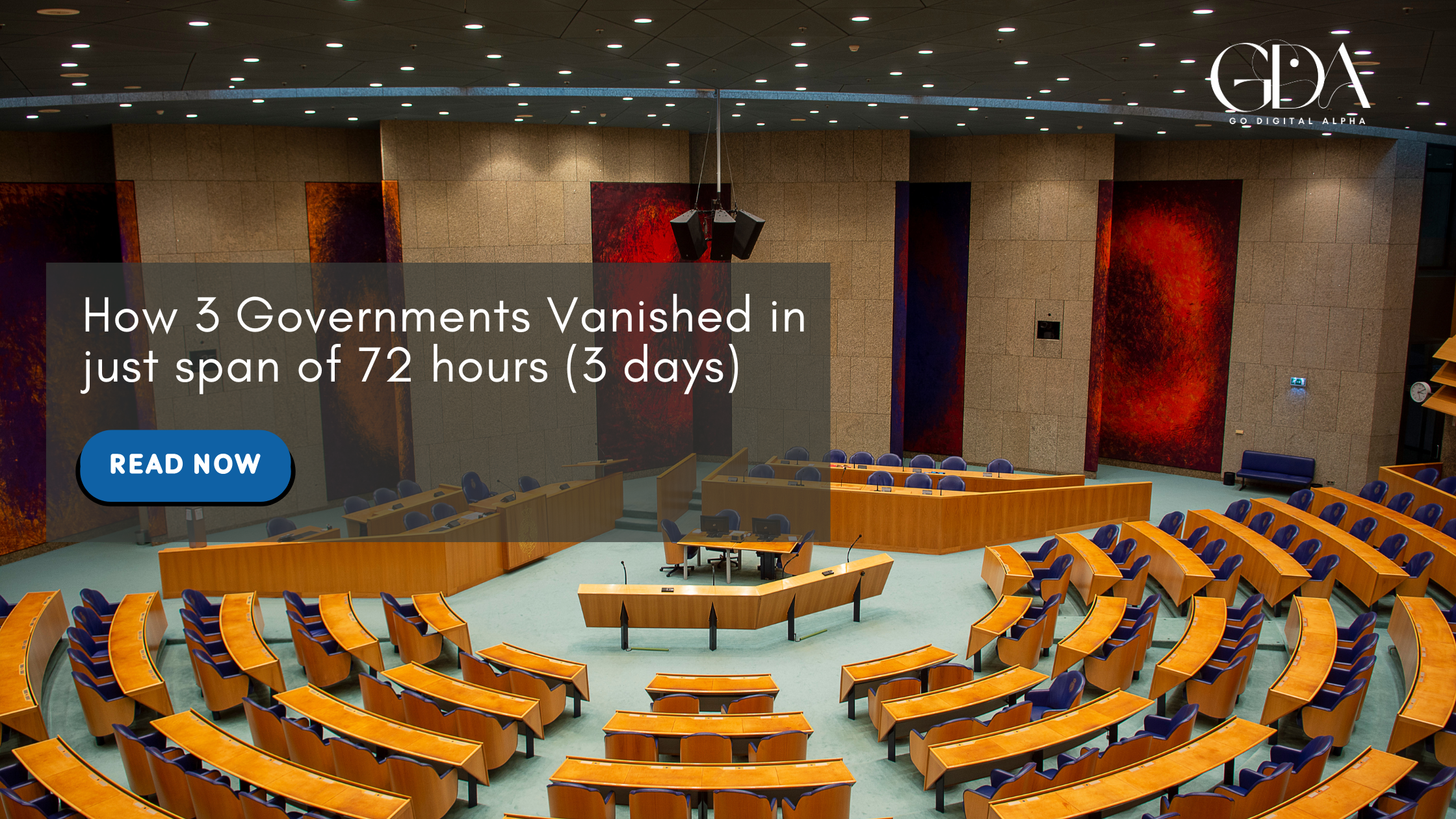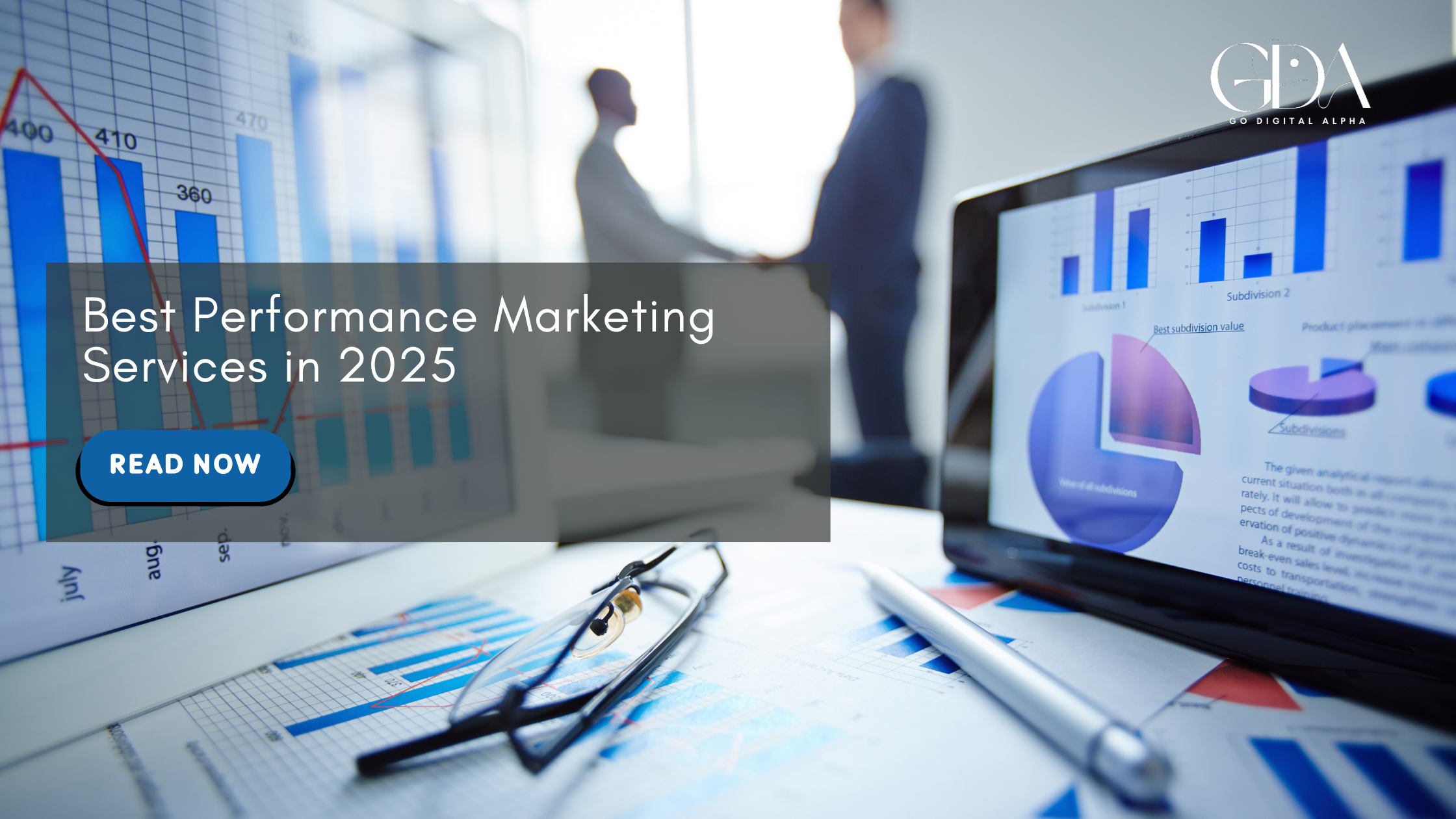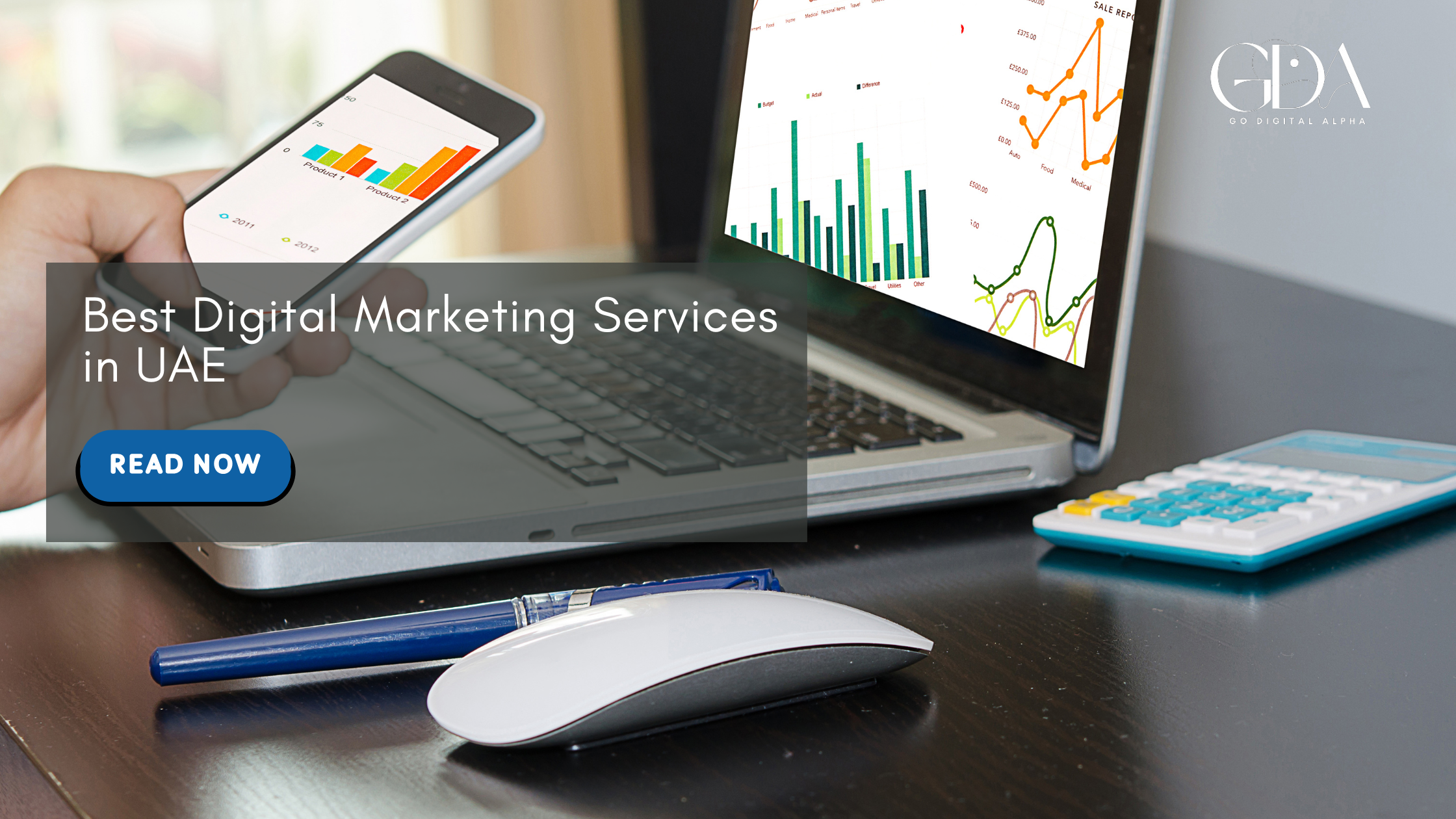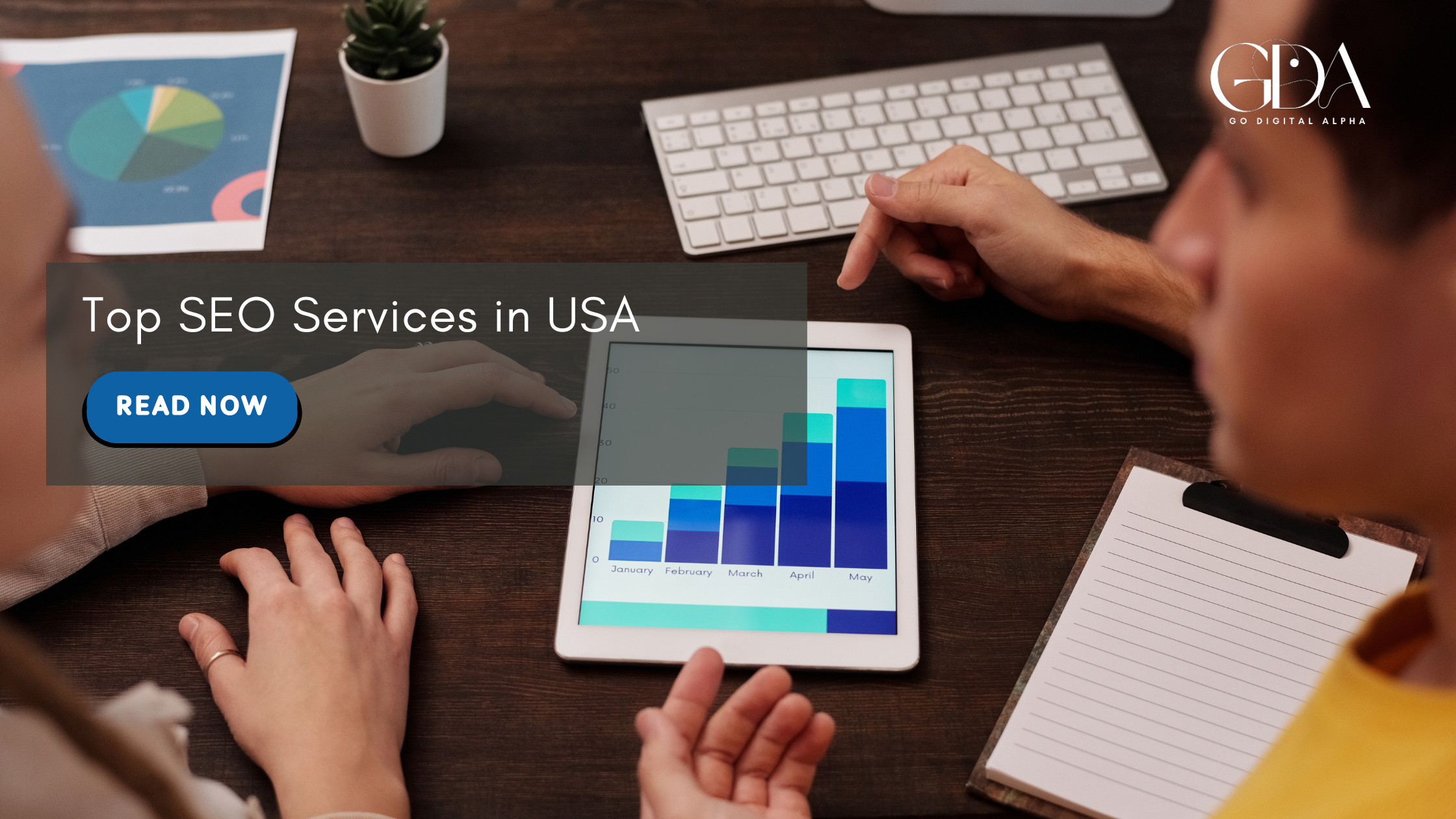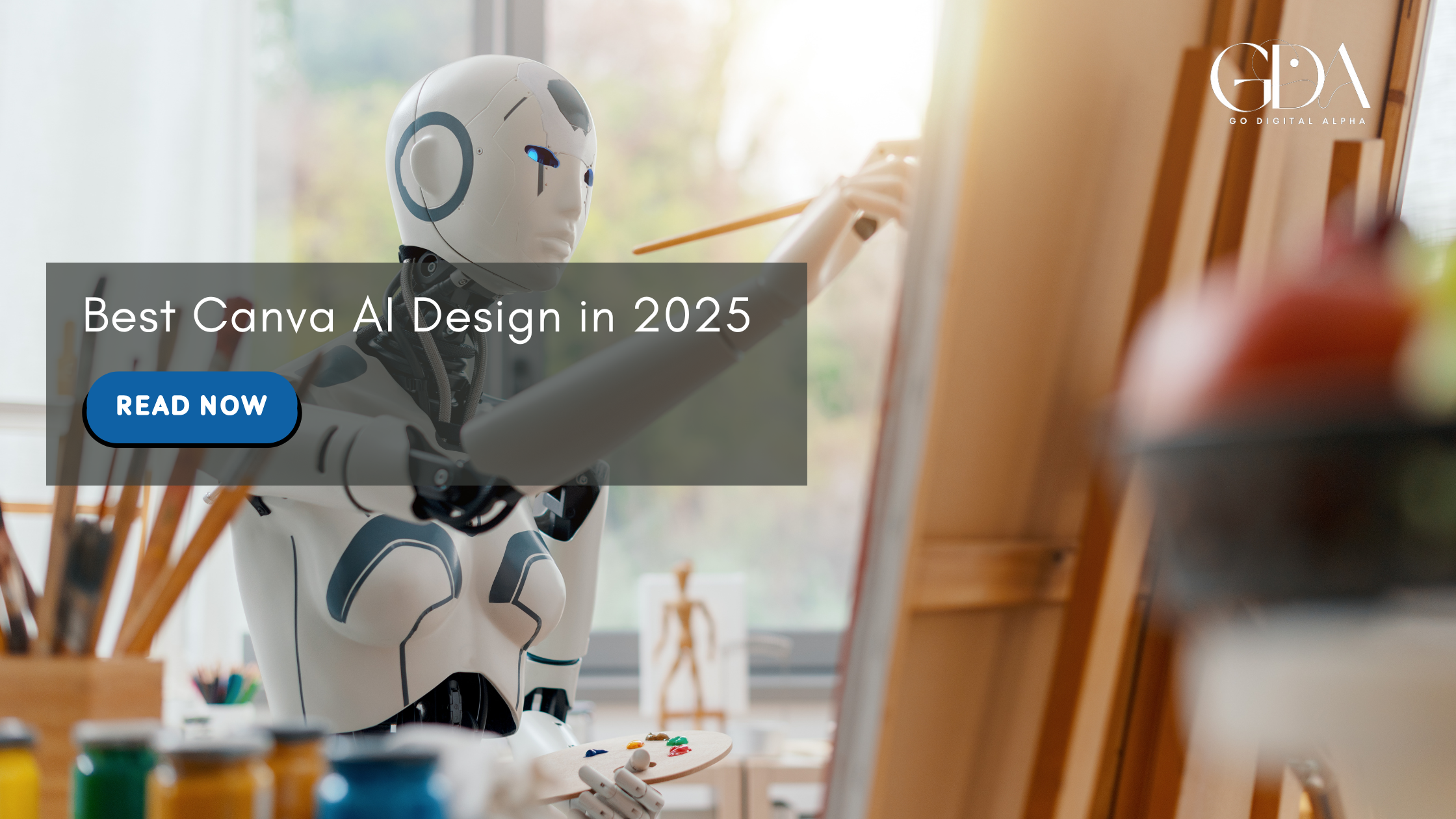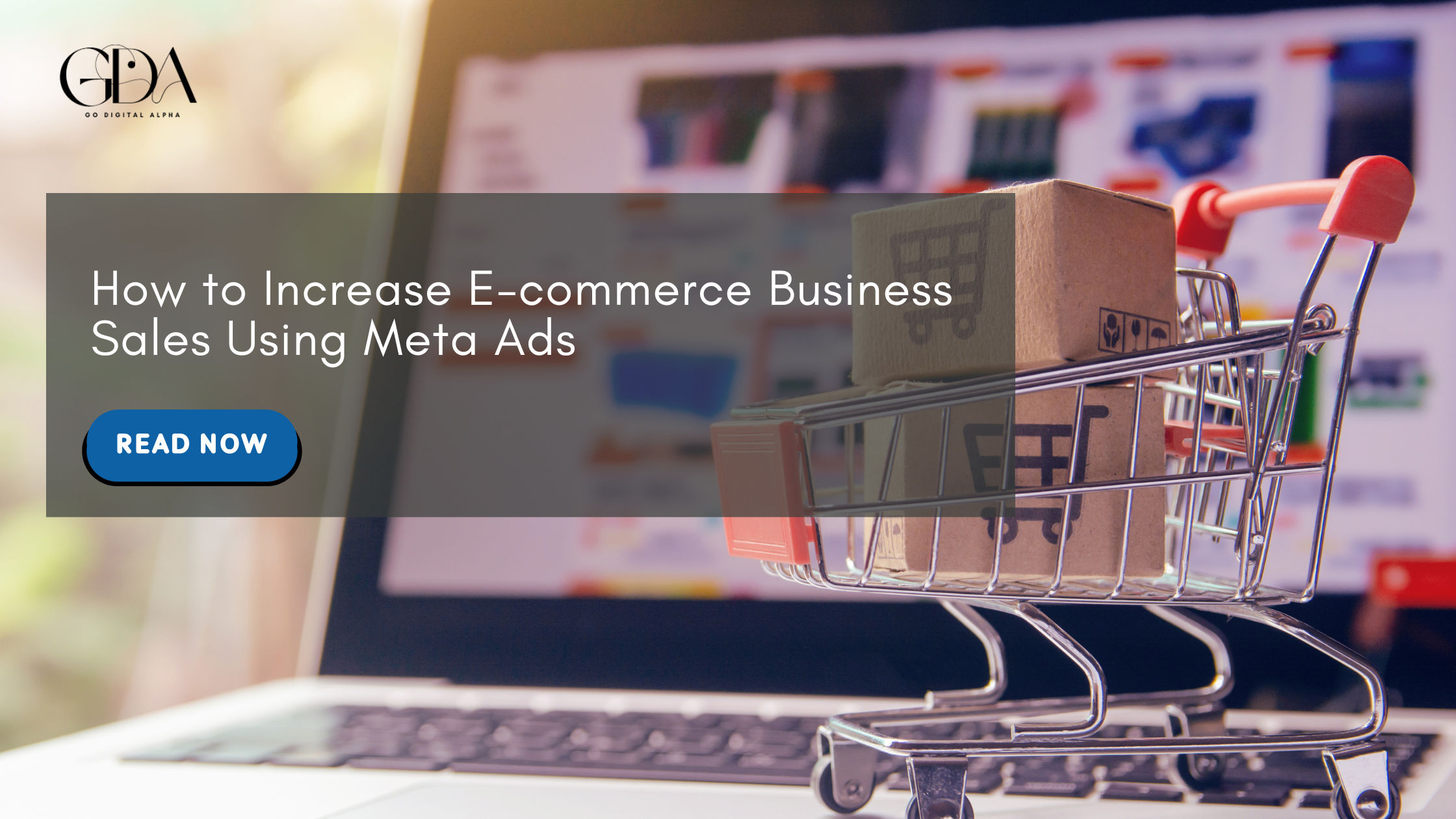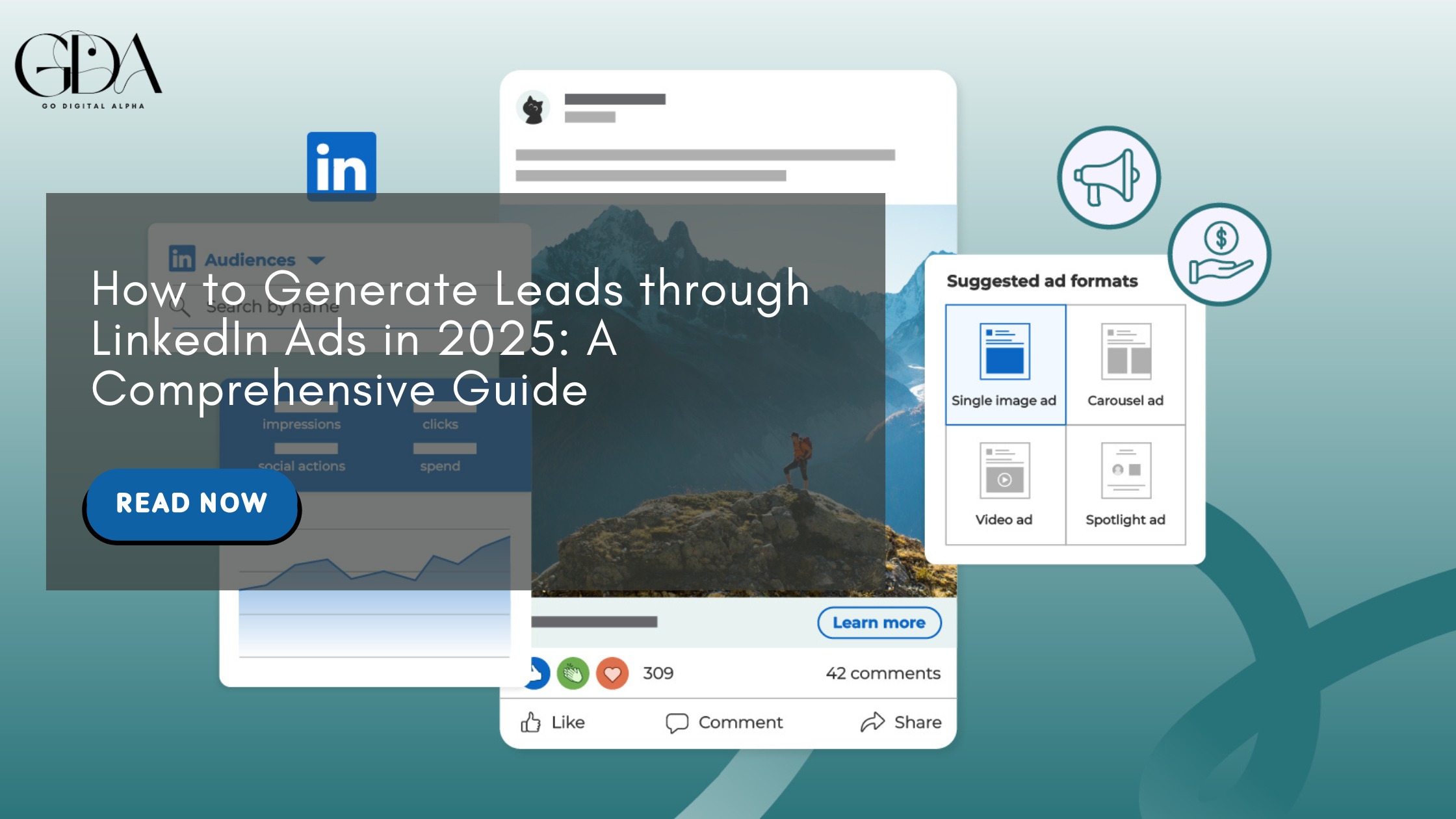
In 2025, Meta’s ad platform looks very different from a few years ago. Machine learning now drives targeting and optimization, as Meta pushes advertisers toward broad, AI-powered campaigns. Video formats – especially Instagram and Facebook Reels – dominate social feeds, and advertisers must craft short, engaging clips to keep up. User-generated content (UGC) has become a cornerstone of strategy: real customer photos, videos and reviews build trust and lift conversions. Together these trends – AI-driven targeting, short-form video, and UGC – form the backbone of successful Meta Ads in 2025.
Key Takeaways
AI Targeting on Meta in 2025

Meta’s advertising engine is now almost entirely automated. In practice this means campaigns like Advantage+ (formerly “A/B testing campaigns” or “automated ads”) run on minimal inputs and let machine learning do the rest. Advertisers might simply provide broad signals (e.g. an image or video, a product feed URL, campaign objective and basic parameters) and Meta’s AI system chooses the creative combinations, bids, placements, and even audience.
According to Meta, its Ads Manager uses AI-generated copy, dynamic creative optimization and predictive analytics to identify “likely converters,” while automating bidding and placement to maximize ROI. In other words, Meta’s ML models analyze billions of user signals and continuously reallocate budget to the best-performing segments and creatives.
Even Meta’s leadership acknowledges the shift toward full automation. In a recent report Meta indicated that by 2026 an advertiser could just input a URL and objective, and “AI would create the entire ad including imagery, video and text,” as well as choose the target audience and budget. In practice, advertisers already see that Advantage+ campaigns often outperform manually set campaigns.
For example, in split tests an e-commerce client’s Advantage+ Shopping campaign delivered 4.25× ROAS (return on ad spend) compared to 3.78× with manual targeting. During a Black Friday/Cyber Monday sale, Advantage+ campaigns also beat manual ones (3.14× vs 2.70× ROAS). A D2C candle brand saw similar gains (3.90× vs 2.39× ROAS) when switching to Advantage+ Shopping. These cases illustrate that Meta’s AI can often find customers more efficiently, so much so that the platform is even scaling back detailed targeting options and encouraging broad, AI-optimized audiences.
That said, human guidance still matters. Marketers typically use lookalike audiences or custom lists as seeds for the AI, then allow Advantage+ to expand reach. (Meta’s recommended workflow is very much like Google’s Performance Max: you give the algorithm high-level hints and it figures out the rest.)
Predictive modeling is also built in: Meta continually estimates which people have high “purchase intent” and adjusts delivery accordingly. In short, AI targeting on Meta in 2025 means trusting Meta’s algorithms to do the heavy lifting. To win, focus on feeding the machine quality inputs (good creative, customer lists, broad interests) and clear objectives, then let Meta’s system find the precise micro-audiences for you.
Reels Ads Strategies for 2025

Short-form, vertical video is critical on Meta platforms in 2025. Instagram Reels (and Facebook Reels) now account for a huge share of user engagement – over 200 billion plays per day across Meta, making Reels the fastest-growing content types. Instagram alone has about 2 billion monthly users, and Reels already fill roughly 38.5% of users’ feeds. Reels ads can reach about 11.6% of the global adult population, so neglecting them means missing a massive mobile audience. Algorithms also favor Reels: Instagram actively pushes shorter videos (<90 seconds) to new viewers. In practice, Reels consistently see higher engagement than static ads – roughly 1.23% engagement rate on average, versus about 0.70% for image posts.
Formats & Placements
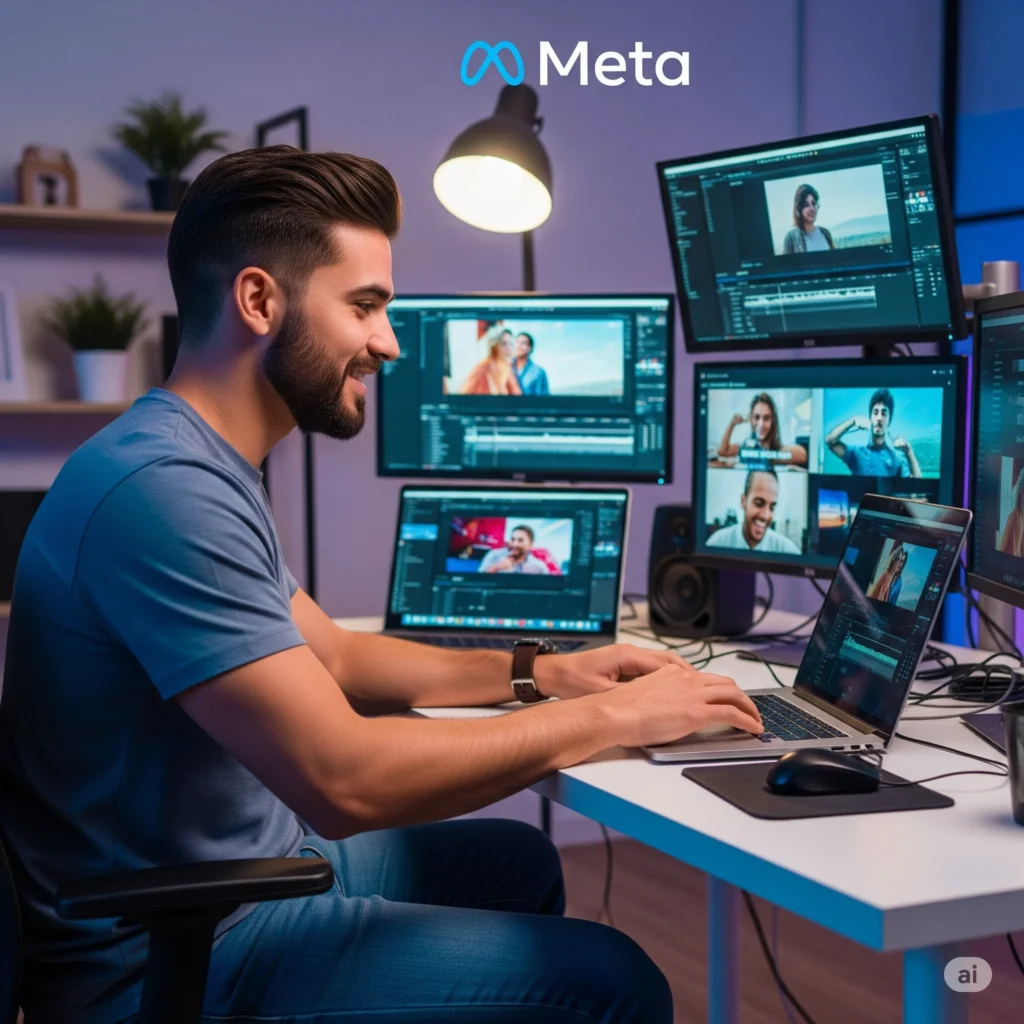
A Reels ad is full-screen and vertical (9:16). It can appear in users’ Reels feed, in Instagram Explore, and even in Stories or Facebook feeds. Ads can include clickable CTAs (e.g. “Shop Now”) and typically run 15–30 seconds (longer is allowed but shorter often performs better). The key is to make them look and feel like native Reels content rather than a blunt pitch.
Creative Best Practices

Meta’s recent Reels Performance Playbook emphasizes entertainment, digestibility and relatability as the three pillars of effective reels. In practice, this means hooking viewers within the first 3 seconds – ask a question or drop the punchline early. Use dynamic editing (quick cuts, zooms, transitions) and sound-on storytelling. (Meta even provides a built-in library of royalty-free music for ads.) A few tips:
- Hook Early: Grab attention immediately. Drop the main message or visuals upfront; there’s no time for a slow build. For example, show the product in use in the first few frames.
- Go Vertical + Audio: Always shoot in 9:16 and design for sound-on. Videos with music, voiceover or lively effects perform much better. Indeed, Meta found that Reels with “safe zone” framing, sound on, and proper vertical format can improve bottom-of-funnel conversions by up to 51%.
- Show Real People: Face-to-camera or real-customer clips resonate. Ads with human presence (customers, influencers, staff) see higher engagement. Meta notes that Reels featuring real people drove +13% ROAS and –16% cost-per-acquisition while boosting conversion rates by +29% compared to more abstract videos.
- Story Formats: Use proven narrative structures – listicles, before/after comparisons, how-to demos, or quick tutorials. These formats naturally engage and help structure the ad. For example, packaging a message as “3 reasons to love X” or a brief product demo draws viewers.
- Conversational Tone: Speak like a creator, not a brand. Write captions as if talking to a friend, with clear, simple language. Encourage emotion or humor. (Reels that feel organic and personal tend to cut through better.)
Performance Insights

The data backs up these strategies. Ads following Meta’s recommended Reels formula see much better results. House of Marketers reports that applying these traits can significantly improve efficiency – e.g. optimizing for 9:16 aspect, sound-on, and safe zones improved cost-per-conversion by ~50%. They also found that videos with people performed notably better; one reel with a real customer testimonial beat static images by about 15% higher engagement. Keep in mind that Instagram actively promotes Reels in users’ feeds, so even organic (non-ad) Reels get priority visibility.
Case Study – Reels in Action

For example, the German Fragrance Foundation ran an Instagram Reels campaign featuring content from three influencers. Over two weeks, their Reels ads reached 6 million users and lifted voting intent for an awards event by 1.8 percentage points. This shows how Reels – even in a competitive environment – can rapidly amplify reach and audience interest. (Brands in 2025 should consider Reels not just for awareness, but for product launches too, since video hook-ups tend to warm up new buyers faster than static ads.)
UGC Funnels for Meta Ads

User-Generated Content (UGC) – that is, photos, videos or reviews made by real customers or fans – is now integral to Meta ad funnels. UGC provides social proof and authenticity that branded ads often lack. When people see peers using a product, they’re far more likely to trust it. According to industry data, featuring UGC on a product page can boost conversions by over 70% (and nearly all brands report higher click-through rates when they incorporate real-customer content).
Driving Conversions with UGC

Brands in 2025 weave UGC into every funnel stage. At the top of funnel, sharing customer stories or unboxing videos on Facebook/Instagram builds awareness and community. For mid-funnel ads, UGC testimonials or demos can highlight product benefits through authentic voices. At the bottom of funnel, retargeting ads often use UGC images or videos (for example, featuring a glowing review or a “how-to” clip from a satisfied user) to nudge purchase. Meta’s ad tools support this: marketers can upload UGC assets into catalogs or dynamic ads, and even let Advantage+ choose the best combinations of UGC creative to show to each user.
Real examples underscore UGC’s power. Airbnb’s famous “Live There” campaign used photos and stories from hosts and guests (all user-produced) to sell travel. This UGC-driven approach boosted website engagement by 53% and increased bookings by 200%. GoPro’s #GoProAwards (a long-running UGC contest) keeps its ad feed full of jaw-dropping user videos, continually energizing its adventurous audience. Closer to e-commerce, a sustainability fashion retailer that incorporated customer photos and testimonials into its Meta ads saw 20% higher click-through rates compared to its previous campaigns.
Case Study – UGC Boosts ROAS

Creative agencies also report big performance lifts from UGC-centric creative. For instance, Revive Skincare partnered with a video production agency to create ads styled as customer testimonial clips. Compared to their old brand-produced videos, the new UGC-style ads cut cost-per-acquisition by 43% and raised ROAS by 25%. In other words, using real-user content made their ad budget go much further. (The agency even noted that the client began applying these authentic hooks in all their marketing after seeing the results).
Integration & Scaling

To leverage UGC at scale, brands often run social campaigns or contests that encourage customers to submit photos/videos (e.g. using a specific hashtag). Tools like Meta’s Creative Hub and Brand Collabs Manager can help identify and license great user content. Once collected, choose UGC that aligns with your campaign’s style (bright images for Facebook, dynamic videos for Reels, etc.) and add contextual copy or CTAs.
For example, an image of a happy customer wearing your product can be paired with a caption or overlay text highlighting a sale or benefit. Always track the impact: measure engagement rates, CTR and especially conversion/ROAS on UGC ads versus standard ads. Many marketers find that UGC ads punch above their weight – they convert better because they cut through ad skepticism.
Summary & Actionable Takeaways

By 2025, success on Meta Ads hinges on embracing its new rulebook: let AI do the targeting, lean heavily on Reels, and harness authentic UGC. In practical terms:
- Embrace Meta’s AI tools. Run Advantage+ campaigns (Shopping, Audience, Brand) to let machine learning find conversions. Provide clear goals and broad audience hints, and test. Agencies report such tests often outperform old manual setups. Use automated creative tools (dynamic ads, text generation) to accelerate production.
- Make Reels central to your strategy. Invest in vertical video with compelling hooks. Follow Meta’s playbook: shoot 9:16, turn sound on, and put the key message up front. Incorporate people and storytelling formats (listicles, demos) to engage viewers. Test and iterate: even a short customer testimonial clip can beat static images (one campaign saw +15% engagement from a testimonial reel). In ads budgeting, allocate more spend to Reels placements, since they now dominate user attention.
- Integrate UGC at every funnel stage. Encourage customers to create content (incentivize reviews, host challenges, repost tagged content) and then amplify it. Use customer photos/videos in ads with appropriate CTAs. Remember: UGC builds trust and often yields higher CTR/ROAS. For example, an ad carousel mixing product shots with user lifestyle photos can feel more genuine and convert better than all-brand imagery. Constantly monitor which UGC creatives perform best and scale those while retiring weaker ones.
In short, future-ready Meta ads are highly automated, video-first, and customer-centric. Action steps for advertisers: automate (try Advantage+), visualize (create compelling short Reels), and socialize (turn fans into your marketers). By following Meta’s AI-driven targeting and prioritizing Reels and UGC content, businesses can unlock maximum growth and ROI in 2025 and beyond.
FAQs
Meta Ads in 2025 have evolved into a highly intelligent, AI-powered advertising ecosystem across Facebook, Instagram, Messenger, and Audience Network. With advancements in machine learning, Meta Ads now use predictive targeting, dynamic creatives, and automation to help advertisers reach the right audience at the right time, especially through Reels and UGC (User-Generated Content) based ad funnels.
AI targeting in Meta Ads in 2025 uses real-time behavioral data, purchase signals, and predictive analytics to auto-optimize ad delivery. Meta's AI identifies high-intent users based on engagement patterns, ensuring your ads appear to audiences most likely to convert—making campaigns smarter and more profitable than ever before.
Yes, Reels Ads are one of the top-performing formats in Meta Ads in 2025. With full-screen, vertical video formats and AI-enhanced placements, Reels Ads offer immersive storytelling that drives higher engagement and conversion rates, especially when paired with strong calls-to-action and trending audio.
UGC (User-Generated Content) funnels in Meta Ads in 2025 use authentic customer content—like reviews, testimonials, and unboxings—to build trust and increase conversions. By integrating UGC into retargeting sequences and Lookalike Audiences, advertisers enhance social proof and drive lower-funnel conversions efficiently.
The best budget strategy for Meta Ads in 2025 is using Advantage+ Campaign Budget Optimization (CBO) combined with AI-driven performance goals. Allocate 70% of your budget to Meta’s AI-optimized automatic placements and 30% for manual testing across creatives and audiences, especially for Reels and UGC-based ads.
High-converting creatives for Meta Ads in 2025 include short-form vertical videos, AI-personalized product showcases, and UGC-style storytelling. Use captions, native text overlays, trending sounds (for Reels), and authentic brand experiences. Meta’s AI also scores creative quality and predicts performance—so test and iterate regularly.
The best targeting strategies for Meta Ads in 2025 include:
- AI-driven Advantage+ audiences
- Interest stacking with lookalikes
- Behavioral retargeting with UGC
- Value-based targeting from CRM data
Meta’s AI automatically refines these segments to improve CTR, ROAS, and CAC over time.
Meta Ads in 2025 offer enhanced attribution models with multi-touch tracking, offline conversion imports, and AI-powered predictive analytics. Use Meta Ads Manager and tools like Conversion API (CAPI) to ensure accurate ROI tracking, even with privacy changes like iOS updates.
Absolutely. Meta Ads in 2025 level the playing field through AI automation, budget-friendly ad formats like Reels, and plug-and-play UGC funnel templates. Small businesses can now scale faster by leveraging prebuilt audiences, Advantage+ shopping campaigns, and creator collaborations for authentic reach.
The future of Meta Ads beyond 2025 lies in deeper AI integration, voice-activated ads, AR/VR shopping via Meta Horizon, and personalized Reels based on intent signals. Brands that adopt AI targeting and UGC-driven strategies now will lead the performance curve in the evolving ad landscape.
Share this post :
Newsletter
Add Your Heading Text Here
Lorem ipsum dolor sit amet, consectetur adipiscing elit. Ut elit tellus, luctus nec ullamcorper mattis, pulvinar dapibus leo.
